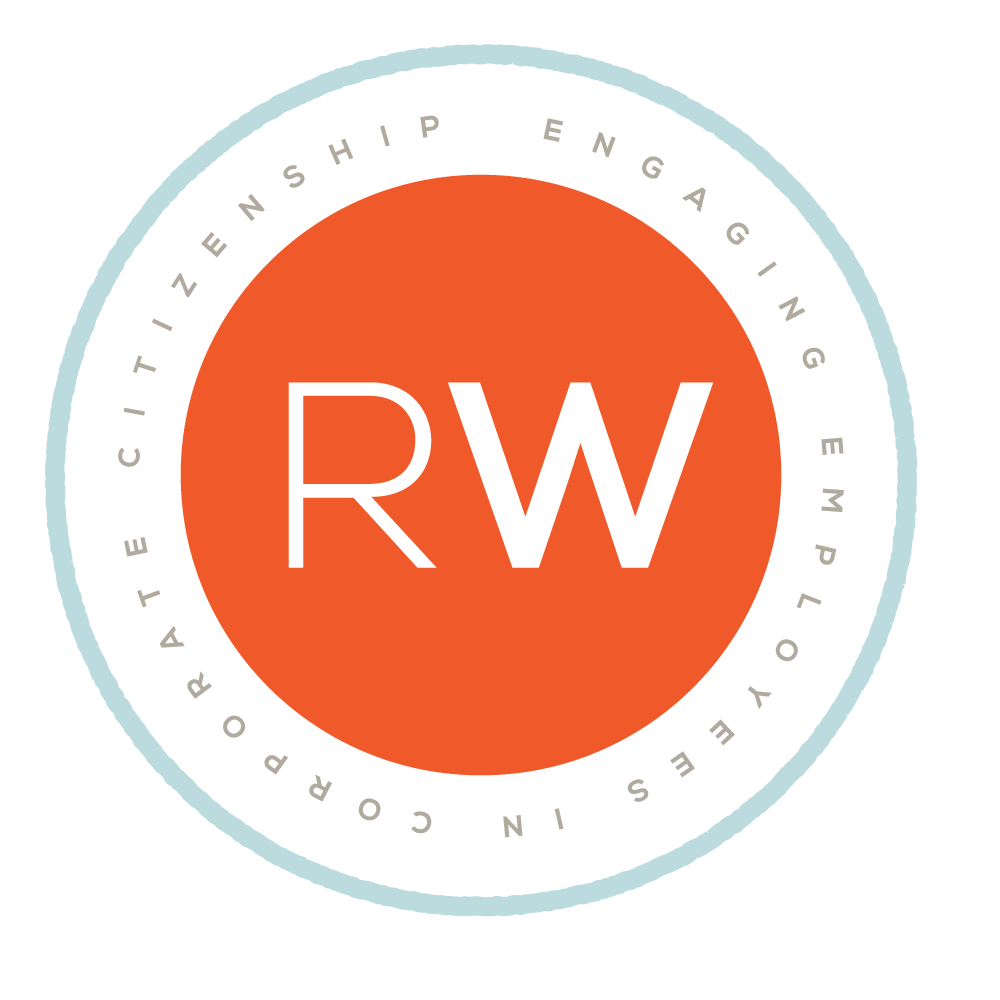How To Bring Purpose and Meaning Into Goal Setting

How to Bring Purpose and Meaning into Goal Setting
The corporate Social Impact sector is obsessed with purpose. Does the company have a purpose? Do employees know the purpose of the company? Do they buy into it? Do our “insides match our outsides”? These questions became more prevalent at the outset of the global pandemic in 2020 and have continued to be a focal point in a churning economic and sociopolitical environment. Let’s throw in another question: what about meaning? Purpose helps companies define their culture and their business – it’s also the “why” that many CSR teams use to guide programmatic goal setting. But meaning – how we make sense of something – tends to get left behind, often getting lost in the sometimes-myopic pursuit of purpose. It’s not enough to just strive towards purpose; we should also be asking ourselves how programs help participants make sense of their role in the Social Impact ecosystem. Programs couched in purpose with mechanisms and materials to encourage and track the role of personal responsibility and individual experience with social issues have great potential to:
The Purpose Under Pressure report defines purpose as, “An organization’s aspirational reason for being, beyond profits — grounded in humanity.” While this is a compelling definition, there are certainly large corporations out there that do not have a purpose statement grounded in humanity. But it’s what purpose should be. If we ground purpose in humanity, it means going beyond maximizing shareholder value, which is still the way many companies operate. It is a stringent capitalist approach to business that is going the way of the dinosaur as societal values and the demographics of the working world shift. Purpose Under Pressure also states that to activate purpose, companies need an effective ESG strategy. This is true, but while the indicators and tracking mechanisms for environment and governance have been in place and standardized for years, our little ‘S’ has gotten left behind. Social Impact is notoriously difficult to both standardize and track – and it can be expensive, depending on what you want to measure. But that doesn’t mean it’s not worth measuring.
Here are some starting points as you move into goal setting for 2023 – you’re not going to save the world all at once, but you can begin calibrating your programs to be more purpose and meaning-oriented. Try to become more aware of how “purpose” looks at your company, and how to start thinking about where meaning can play a role in advancing and enhancing the experience of program participants. How are your team goals laddering up to company purpose, and how are your programs providing opportunities for sensemaking, learning, and meaningful connection to causes and the business? Benevity’s 2022 State of Corporate Purpose report outlines five top trends shaping the future of corporate purpose – we’ve added some questions under each trend to get you thinking about purpose and meaning...

